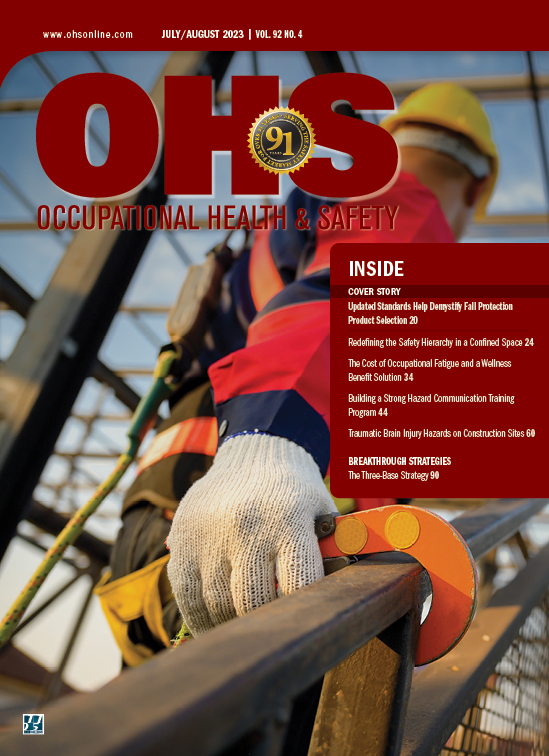
August 1, 2023
Find these topics and more in the July/August issue:
- Fall Protection
- Confined Spaces
- PPE: Foot Protection
- Training: Hazard Communication
- Chemical Safety
- Emergency Showers & Eyewash
- Construction Safety
- Employee Health Screening
- Heat Stress
- Wearable Technology
- Transportation Safety
- Incentives
Features
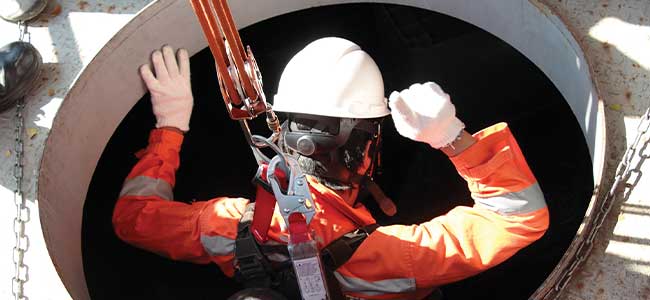
By Dan Lemon
What are the steps you should first consider to ensure your confined space entries are safe and that workers are best equipped to respond if they are met with a life-threatening hazard?
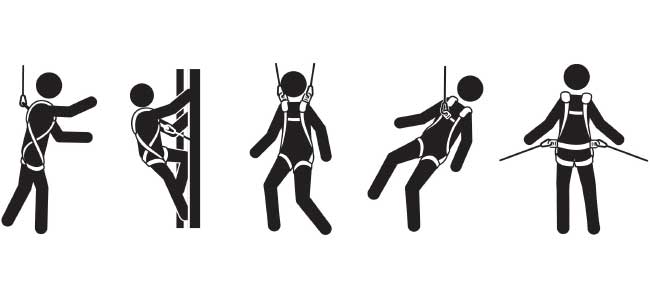
By Diana Jones
Heightened federal oversight on falls means employers should make sure they’re familiar with fall protection standards and that each worker is using the right type of harness for their particular application.

By Kashif Ali
Reducing hand fatigue with light-weight gloves that pack a heavy-weight cut-protection punch.

By Rick Gehrke
Five ways to keep workers safe through implementing an effective hazard communications program.

By Shawn Smith
How you can implement a program that leverages bite-sized lessons to help workers fully digest a full course of fall protection education.

By Shawn Gregg
Three common myths about putting wearables to work in your health and safety program.
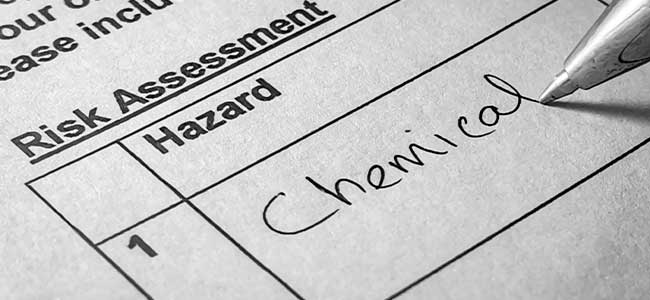
By Gen Handley
There are multiple benefits of hazard communication training. What are they and how do you get started?
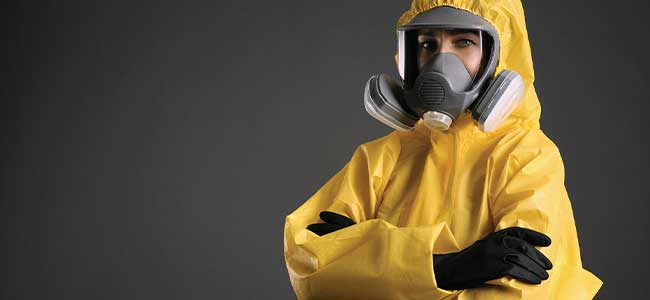
By Marc Juaire, Nicole Lyman
An OSHA initiative means employers who use hazardous chemicals in the workplace should start preparing to update their hazard communication training programs. Who needs training, what are the elements of training, and how do you make an effective program?
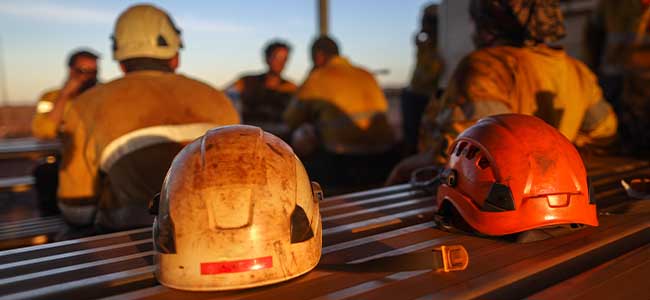
By David Perecman
How do companies prevent TBIs on the job and what are the steps to take should an accident occur on a construction site?
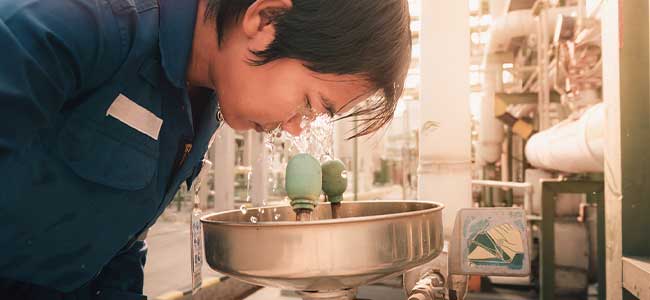
By Justin Wilson
Emergency eyewash stations are central to the safety of everyone around them. What are some key innovations to eyewash stations, and how do companies ensure proper usage?
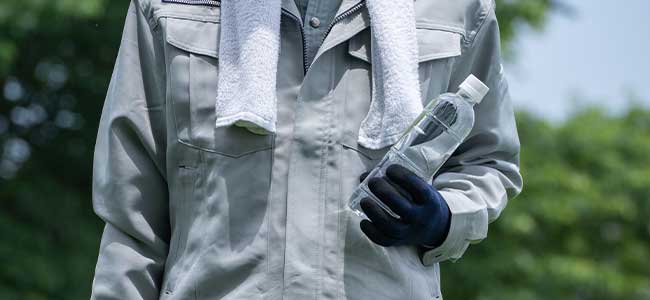
By Lauren Lazar
These 3 types of health screenings are key for injury prevention and improved employee health outcomes.
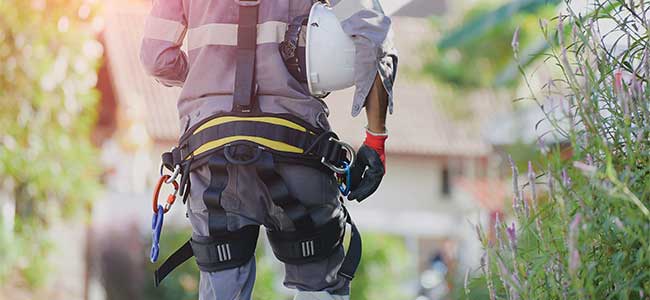
By Joey Cocciardi
There have been lots of innovations when it comes to protecting workers from falls, but how can today’s safety eyewear help prevent fall-related injuries?
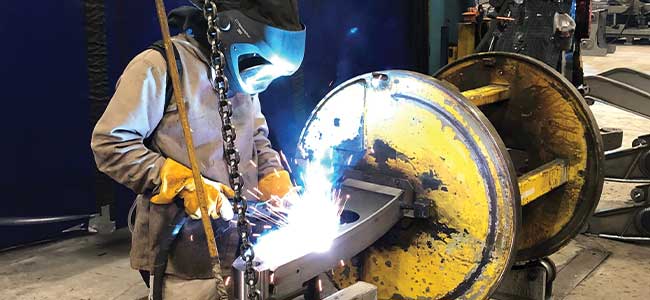
By Tom Burgess
A solid respiratory protection program includes understanding the hazards, having the right types of respirators and filters or cartridges, and ensuring workers know how to use and maintain them properly.

By Buck Peavey
New advancements in gamification, automation and behavior rewarding deliver stronger accident reduction.
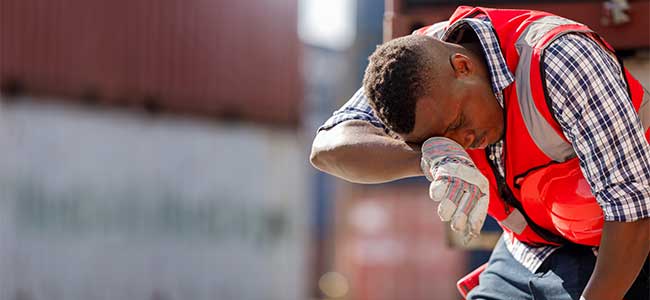
By Kristan France
Heat stress is a real threat—but you can prevent it by taking some key steps.
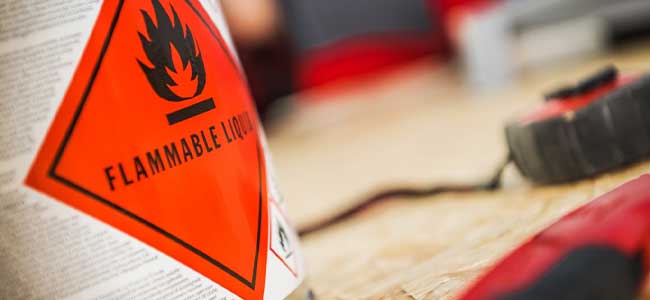
By Tim Carrico
Learn about one professional's experience with the terms flammable and combustible liquids.

By Sumit Chauhan
Advancements in technology can play a role in helping more workers may it home at the end of the day.
Departments
By David Kopf
Recalibrating how safety managers can effect change in their organizations.
By Robert Pater
Persistence is a critical leadership attribute — but not when it comes to those nagging injuries that continue to drag down safety performance and culture and adversely impact workers and workloads.